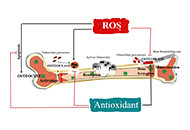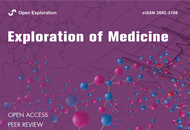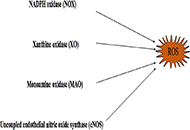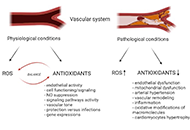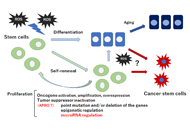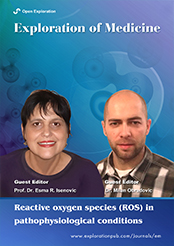
Reactive Oxygen Species (ROS) in Pathophysiological Conditions
Guest Editors
Prof. Dr. Esma R. Isenovic E-Mail
Full Professor, VINČA Institute of Nuclear Sciences - National Institute of the Republic of Serbia, University of Belgrade, Department of Radiobiology and Molecular Genetics, P.O.Box 522, 11000 Belgrade, Serbia
Research Keywords: Diabetes, cardiovascular diseases, ROS, metabolic syndrome, obesity, molecular biology, signal transduction
Dr. Milan Obradovic E-Mail
Senior research associate, VINČA Institute of Nuclear Sciences - National Institute of the Republic of Serbia, University of Belgrade, Belgrade, Serbia, Department of Radiobiology and Molecular Genetics, P.O.Box 522, 11000 Belgrade, Serbia
Research Keywords: Diabetes, cardiovascular diseases, ROS, metabolic syndrome, obesity, molecular biology, signal transduction
About the Special lssue
In cellular physiology and signaling, reactive oxygen species (ROS) are involved in various processes, including cellular growth, gene expression, activation of signal transduction pathways, and defense against infection by induction transcription factors. ROS plays an essential role in regulating endothelial function and vascular tone in the physiological condition of the vascular system. However, ROS are also involved in pathophysiological processes such as inflammation, endothelial dysfunction, and vascular remodeling in cardiovascular diseases (CVD), including hypertension. Thus, ROS are implicated in vascular pathophysiology, leading to atherosclerosis and arterial hypertension. The excess levels of antioxidants lead to excess reducing equivalents of glutathione (GSH), NADPH, and NADH that depletes ROS and triggers reductive stress (RS). This state of chronic reductive stress stimulates an increase in the production of oxidants only to establish an oxidative stress state that is eventually driven back to the reductive stress state. These counter mechanisms describe the general processes that govern redox control. Moreover, the lack of redox control in prolonged oxidative or reductive stresses has been linked to several disease states, including diabetes, obesity, cardiovascular diseases. Therefore, targeting ROS offers exciting new avenues for drug discovery and treatment for different pathology and represents an excellent case for the translational "bench to bedside" research strategy that will be developed into effective clinical strategies.
Keywords: ROS, ROS signaling, diabetes, obesity, cardiovascular diseases, atherosclerosis, cancer, neurodegenerative diseases
Published Articles
